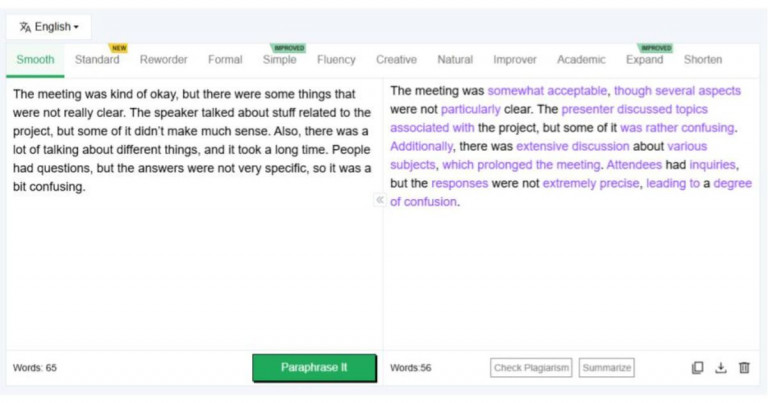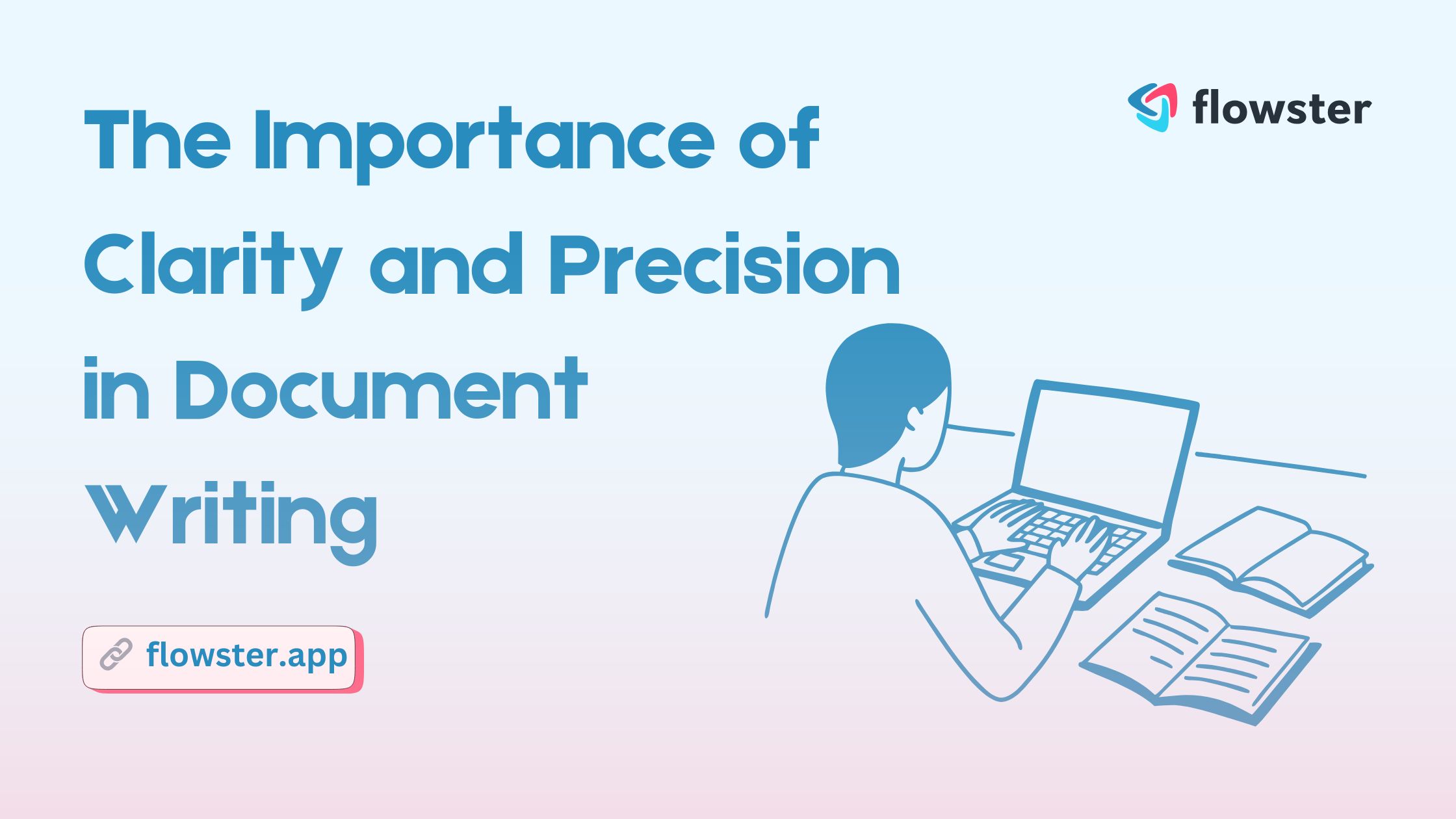Writing clearly and precisely is important in effective document writing. Whether you are writing a report, an email, or an academic paper, clarity ensures that your message is simple to understand, while precision ensures that it is accurate and to the point.
Poorly written documents can cause confusion, misinterpretation, and wastage of time, and we all agree with this. Even though both of these factors are addressed and explained very often, many people still do not understand their importance and how to achieve clarity and precision in their document writing.
But if you know how to write clearly and precisely, you have nothing to worry about. In this article, we will teach you all of that with attention to detail. Make sure you read it until the end to fully understand all the details.
Article Outline
Why Are Clarity and Precision Important in Document Writing?
When a document is clear and precise, the reader can instantly grasp the main points without struggling to interpret the meaning. Precision ensures that every word adds value to the content. Together, they make the document professional, effective, and easy to understand.
Without clarity and precision:
- It would be challenging for readers to fully understand the message.
- The overall look of the message would feel unprofessional.
- Important details may also get lost in vague or wordy writing.
- The reader may lose interest or struggle to stay engaged.
By carefully focusing on these aspects, writers can improve the quality and impact of their documents.
Flowster's AI-Driven Automation
Strategies To Achieve Clarity and Precision
Below, we have shared five strategies to make your writing clear and precise.
Define Key Terms
Occasionally, it happens that your document is technical and contains too much jargon or complex concepts, which makes it difficult to understand the key terms in it effectively. You need to define these key terms so that the user can comprehend the concepts. Such an approach helps avoid confusion and ensures that all levels of readers can understand even if they are unfamiliar with the topic.
For example:
- The project requires OCR technology. (Unclear for those who are unfamiliar with OCR)
- The project requires Optical Character Recognition (OCR) technology, which is used to scan and extract text from images. (Clear and informative)
Just like we have done in the example, you can also define the key terms or jargon in your content for enhanced clarity and precision.
Use Relevant and Solid Examples
Examples help illustrate your points and make the content more relatable. They lend credibility to your writing and show that you put in effort and research. A very close example can be seen in the previous section, as we have used a relevant and solid example to help you understand how to define the key terms in the document.
For a clearer understanding, we have shared another example below of how using relevant and solid examples enhances clarity and precision in the documents.
- Good customer support is important. (Vague and General)
- Good customer support, such as responding to emails in the minimum possible time and addressing complaints politely, helps build customer trust. (Specific and Clear)
This is how you can also add relevant and solid examples in your documents.
Remove Repetitive and Unnecessary Words
Wordiness makes a document harder to read. Along with making the document difficult to read, they also create distractions for the reader to understand the main idea and concept of the document. It is important to remove repetitive and unnecessary words or fluff to make your writing concise and direct.
For example:
- To complete the task, it is necessary that we ensure all steps are fully followed.
- To complete the task, we must follow all steps.
You can also make your document clear and precise by removing unnecessary and repetitive wording.
Use A Paraphrasing Tool for Refinement
Manually improving clarity and precision can be a time-consuming and arduous task. This is where using a paraphrasing tool is helpful. However, the key to achieving clarity and precision using a paraphrasing tool is to use an efficient one so that you can get quality results without any compromise on the quality of the document.
A prime example of an efficient paraphrase tool is the one by Editpad. The tool allows you to restructure sentences for improving clarity and precision while keeping the original meaning intact. The paraphrasing tool refines language, removes monotony, and enhances the readability of the document. This feature makes the document look professional and polished.
To help you get a more profound understanding of how the Editpad’s paraphrasing tool works, we have shared a pictorial demonstration below. As input, we have entered a poorly written document with imprecise language. See the attachment below for the results.

As can be clearly seen in the pictorial demonstration, the tool has done an impressive job. It has efficiently paraphrased the content and has used appropriate wording by correcting imprecise words. Additionally, it has refined the content’s sentence structure to enhance readability and make the documents appear polished and professional.
However, the paraphrasing tool has a word limit of 1000 words in one attempt, as those who want to paraphrase more than 1000 words in one go require a premium version of the tool. However, the free version of the tool is a reliable option for light duty.
Proofread And Edit Thoroughly
When you are done making your document clear and precise, consider proofreading and editing it thoroughly for any contextual or grammatical mistakes, as such errors can simply lower the overall quality of the content.
It will also help you ensure that the sentences do not have an abrupt transition and flow smoothly. Similarly, you also need to ensure that the sentences in the document are in a cohesive and logical manner.
Capture Your Processes in Minutes!
Conclusion
By defining key terms, using relevant examples, removing unnecessary words, utilizing a paraphrasing tool, and thoroughly proofreading, writers can significantly improve the quality of their documents.
A combination of careful writing, smart editing, and useful tools will help create professional, polished, and effective documents.




